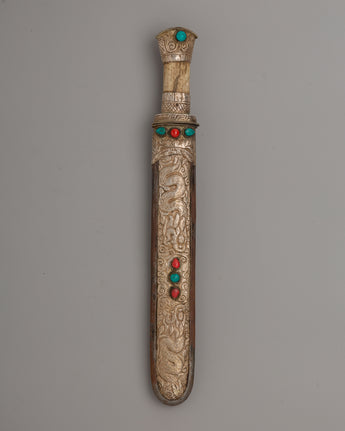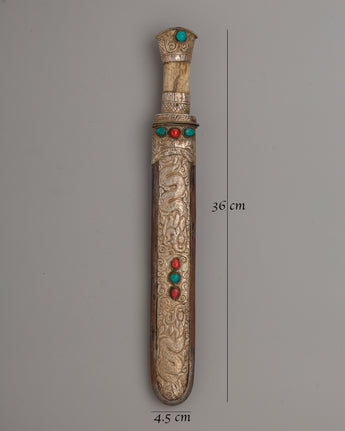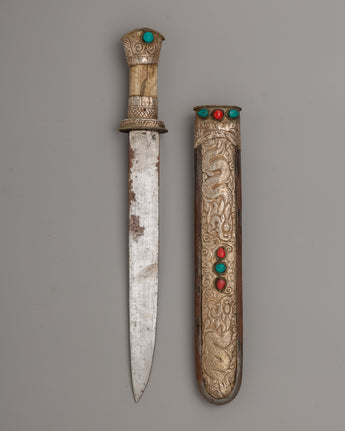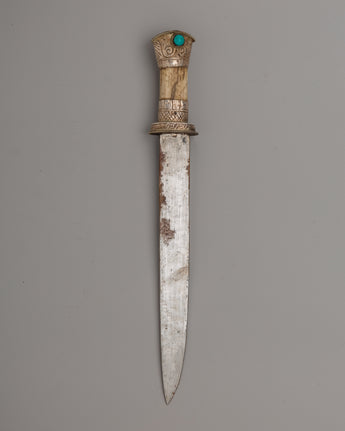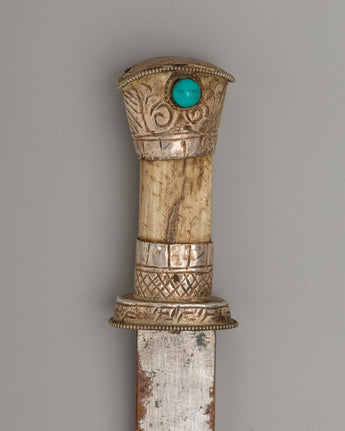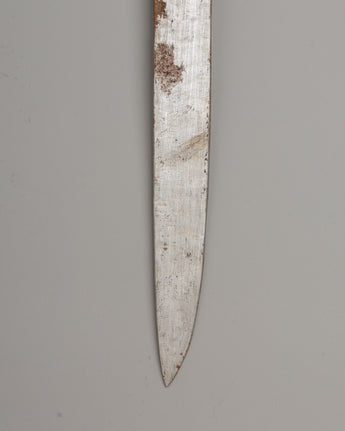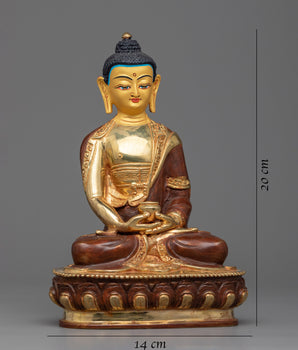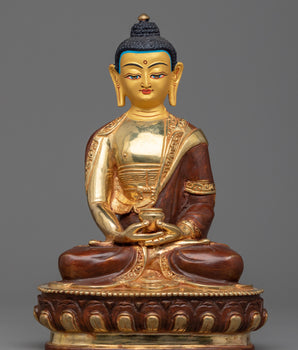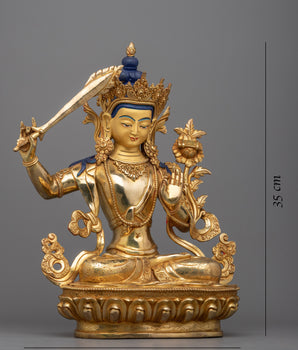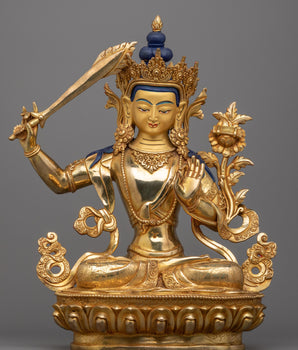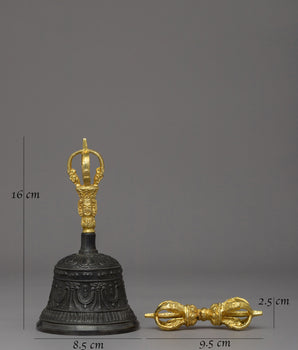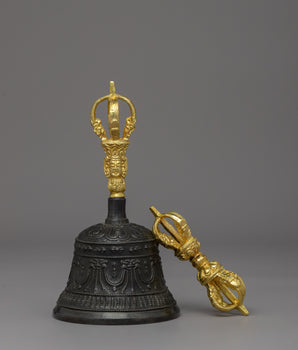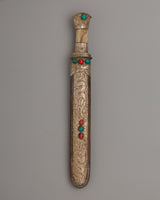
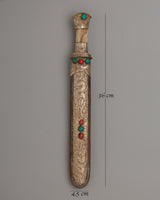
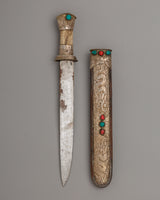
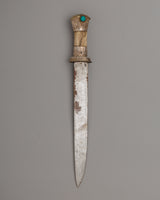
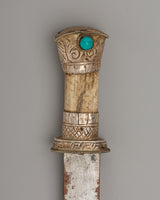
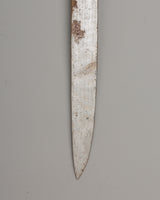
Handcrafted Ritual Himalayan Knife | Tibetan Ceremonial Dagger

100% AUTHENTIC

HANDMADE

FREE SHIPPING
Handcrafted Himalayan Ritual Knife | A Sacred Tibetan Artifact
----------------------------------------
Size: 36 cm(Height) x 4.5 cm(Width)
Weight: 0.42 kg
Material: Iron, Silver, Coral, Turquoise
----------------------------------------
About Our Buddhist Knife
This exquisite Himalayan knife is a stunning example of traditional craftsmanship. Standing 36 cm tall and 4.5 cm wide, the handle is meticulously adorned with inlaid turquoise and coral stones, which contrast the warm tones of the silver and iron body. The turquoise's deep blue-green hue and the coral's vibrant red create a lovely balance in the design, with the stones set into ornate silver inlay work along the handle. The silver detailing creates a delicate, intricate texture that draws attention, accentuating how the materials complement one another.
The handle is elegantly topped with a silver knob inlaid with coral and turquoise stones. This central embellishment gives the piece a sense of regal elegance, making it both functional and ceremonial. The careful balance of elements in the handle ensures both beauty and ease of use for the holder.
The blade remains in the background and is framed by an opulent silver-embossed iron handle. The overall design has a striking presence, combining utility and symbolic meaning. The inclusion of coral and turquoise, both of which have cultural and spiritual significance, emphasizes the knife's status as a tool and an artifact imbued with meaning. This is more than just a blade; it is a work of art that depicts the Himalayas' cultural richness and intricate craftsmanship.
Introduction to Ritual Dagger
A Tibetan knife, also called a "phurba" or "kila," has cultural and symbolic meaning in Tibetan traditions. The unique three-sided blade of this ceremonial dagger represents the victory over ignorance, desire, and aversion in Buddhism. Tibetan knives, adorned with elaborate carvings and frequently have a tripartite handle representing different gods, are essential to religious rites, ceremonies, and spiritual practices. In addition to their spiritual significance, these knives might have practical uses in daily life, exhibiting a combination of deep cultural symbolism and usefulness in Tibetan communities.
How to set up your own Buddhist Shrine?
-Find a clean, quiet, and uncluttered spot.
-Set up an altar table, and cover it with an altar cloth that calls to you.
-Place your sacred item (statue, thangka, or a picture of Buddha) at the center.


